Pan-American Exposition & Stamps
The Pan-American Exposition opened to the public on May 1, 1901, in Buffalo, New York. That same day the set of six Pan-American stamps went on sale.
Happy Holidays! Enjoy a FREE 2026 Stamp Calendar With Purchases of $100 or More. While Supplies Last
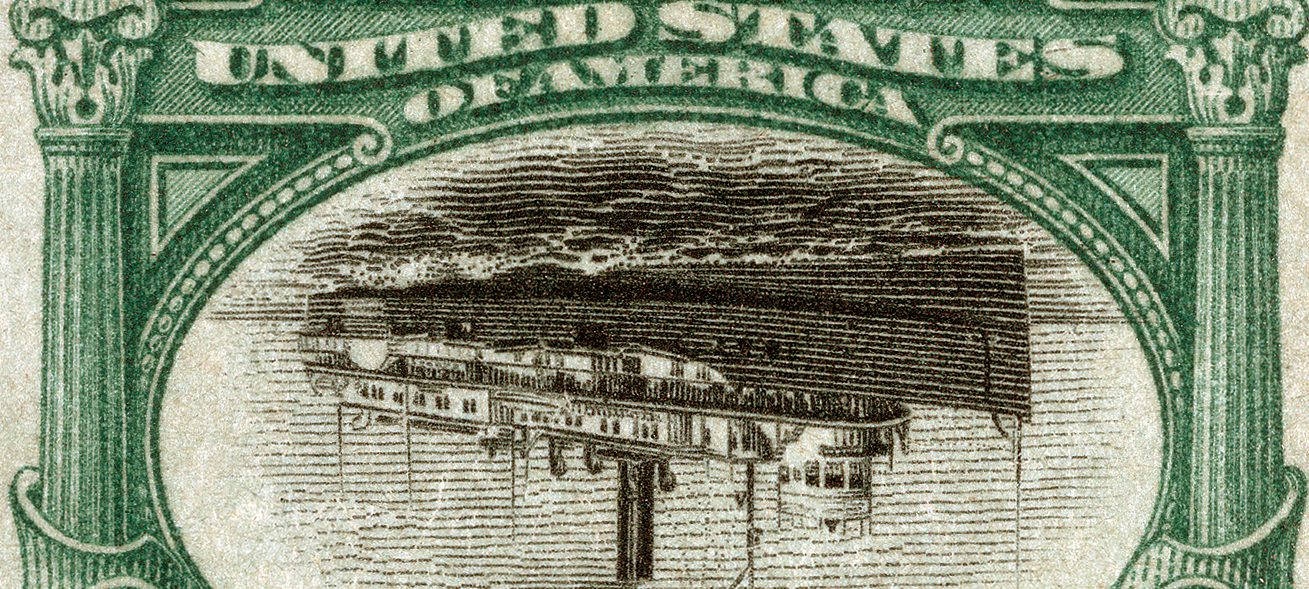
The Pan-American Exposition opened to the public on May 1, 1901, in Buffalo, New York. That same day the set of six Pan-American stamps went on sale.
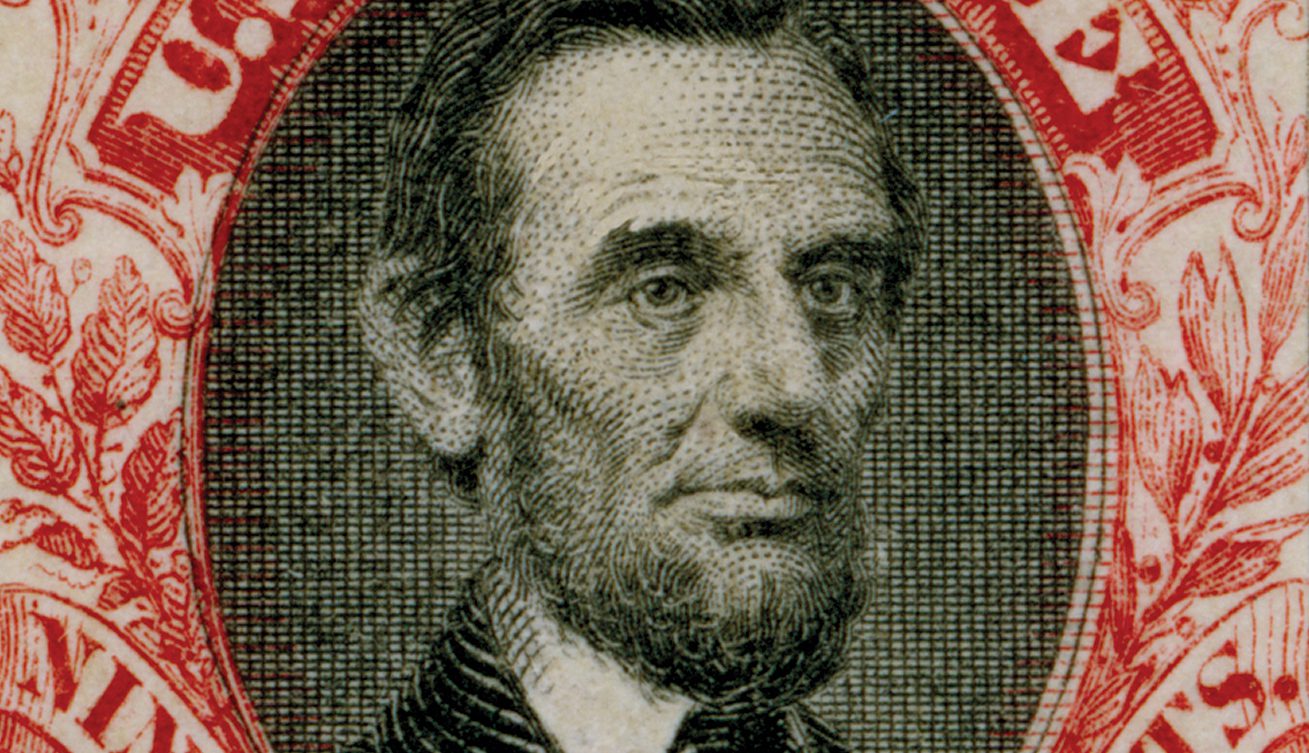
On April 15, 1865, President Lincoln died less than 12 hours after being shot by John Wilkes Booth. He was the first US president to be assassinated, just as the Civil War was drawing to a close.

Benjamin Harrison, America’s 23rd president died on March 13, 1901. His administration was notable for its antitrust, financial, and foreign policy initiatives.
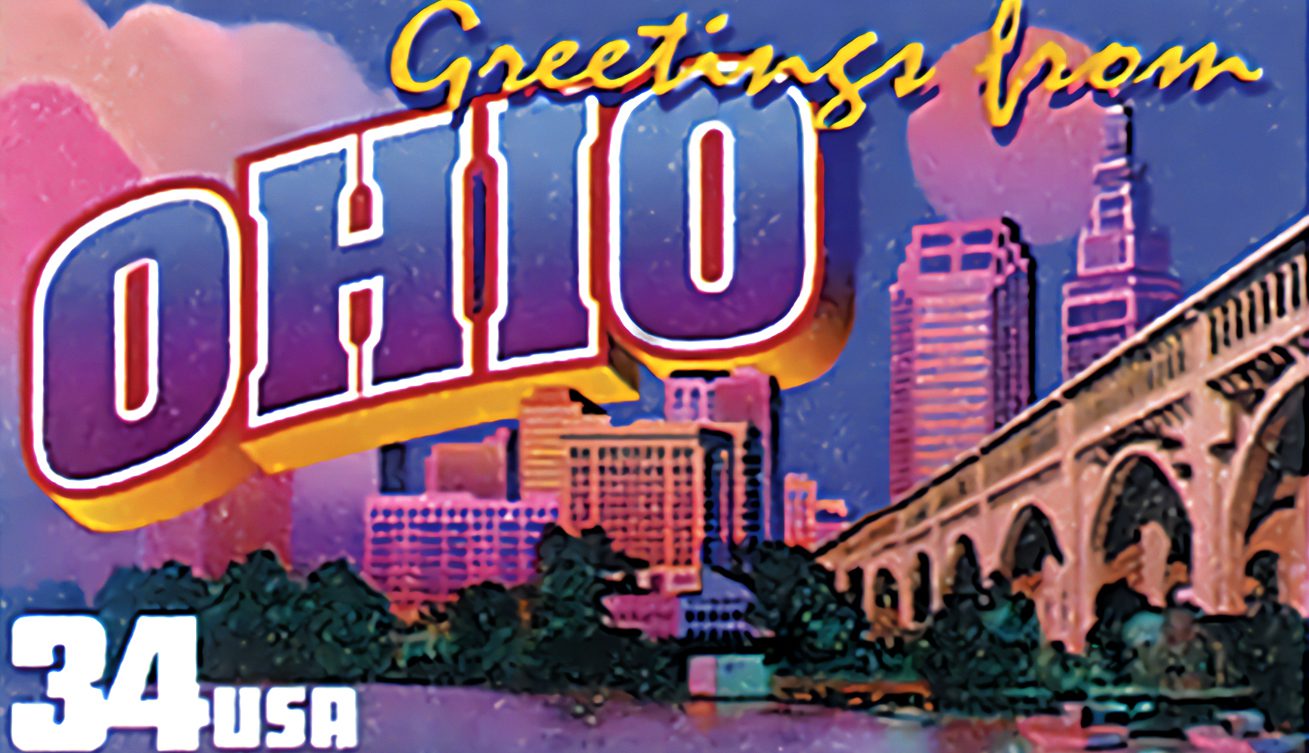
On March 1, 1803, Ohio was admitted as the 17th state of the Union. Named for the Ohio River, the word Ohio comes from the Seneca people, meaning “great river.”

Abraham Lincoln was born in a log cabin near Hodgenville, Kentucky, on February 12, 1809. Despite the lack of a formal education, he became a successful lawyer, politician, and celebrated speaker before taking the nation’s highest office and leading the Union through the Civil War.
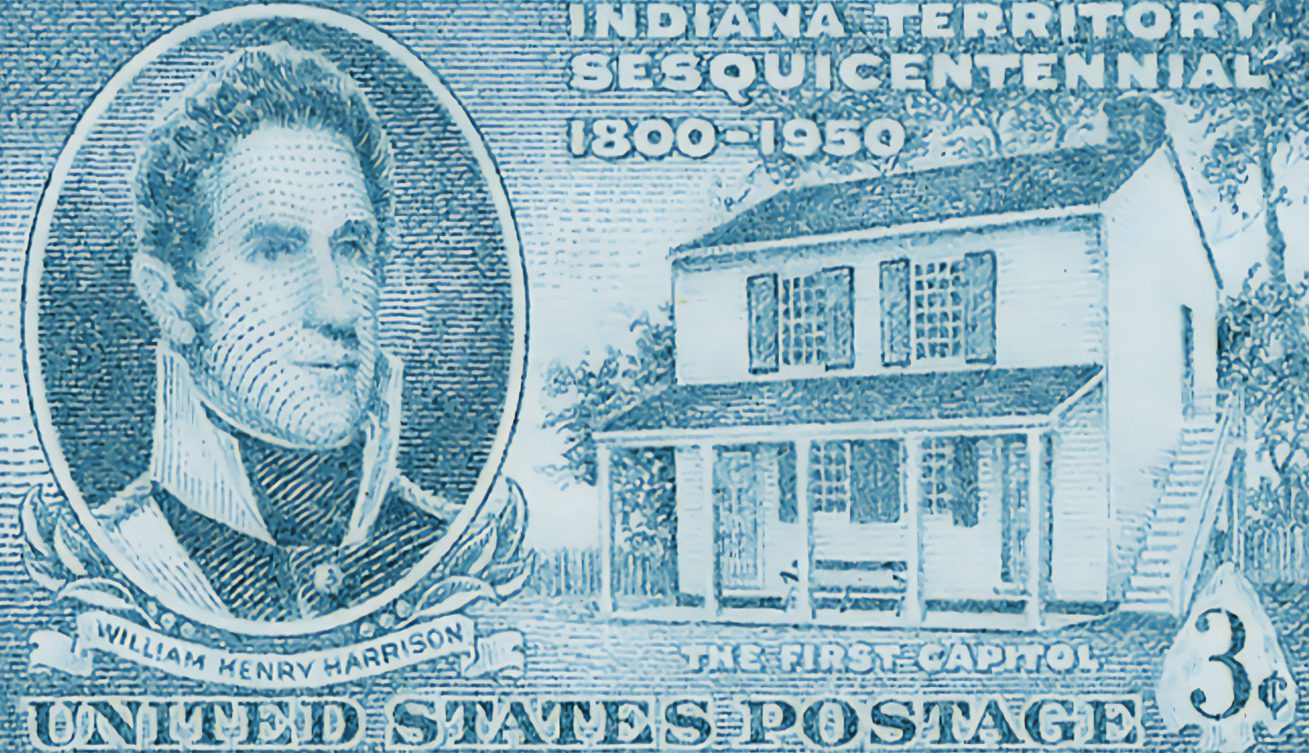
America’s ninth president, William Henry Harrison was born on February 9, 1773, in Charles City County, Virginia. After delivering the longest inaugural address in history in the freezing cold, he died of pneumonia a month later, serving the shorted term of any president.
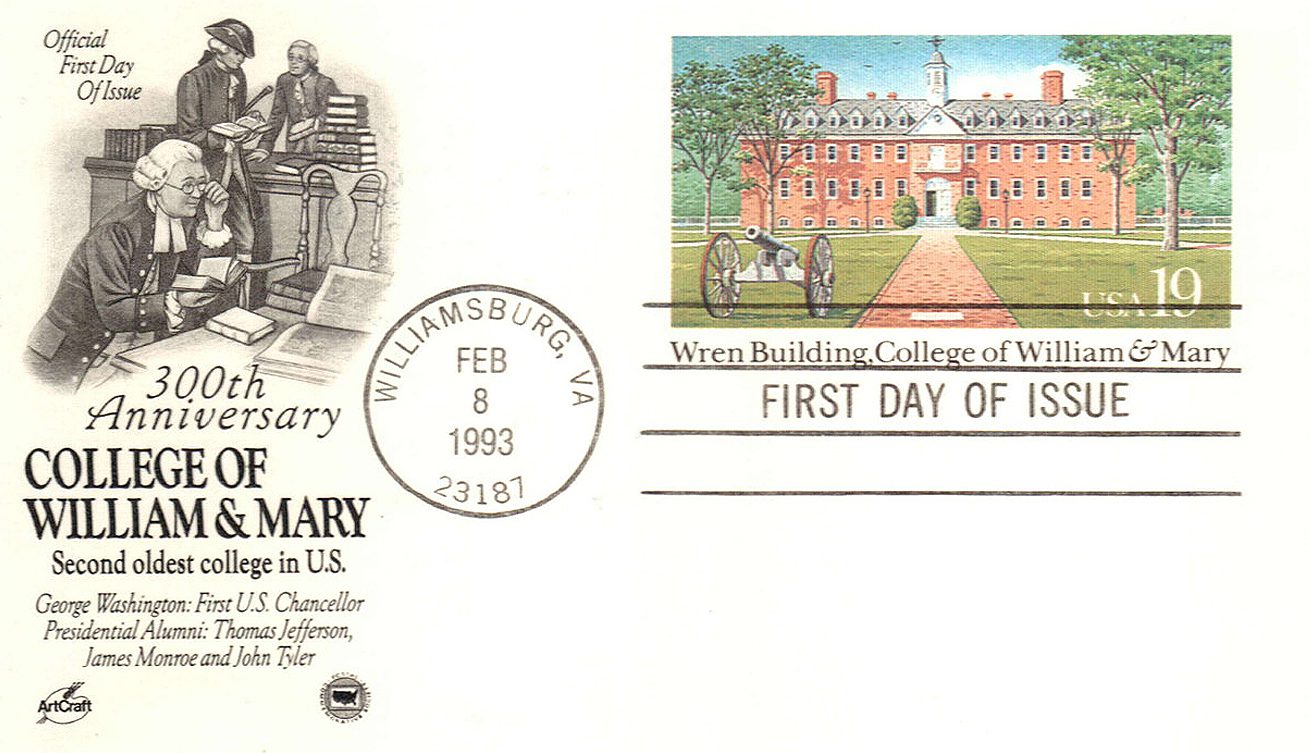
On February 8, 1693, a royal charter officially established the College of William and Mary. Today it’s the second-oldest college in America (behind Harvard).

On January 25, 1915, the first official transcontinental telephone call from New York to San Francisco was made. It was a revolutionary moment in communication, instantly linking callers on either side of the country.

America’s 37th president, Richard Milhous Nixon was born into a poor Quaker family in Yorba Linda, California, on January 9, 1913. Largely remembered for the Watergate scandal and his resignation, he was considered an effective leader by many prior to his fall from grace.